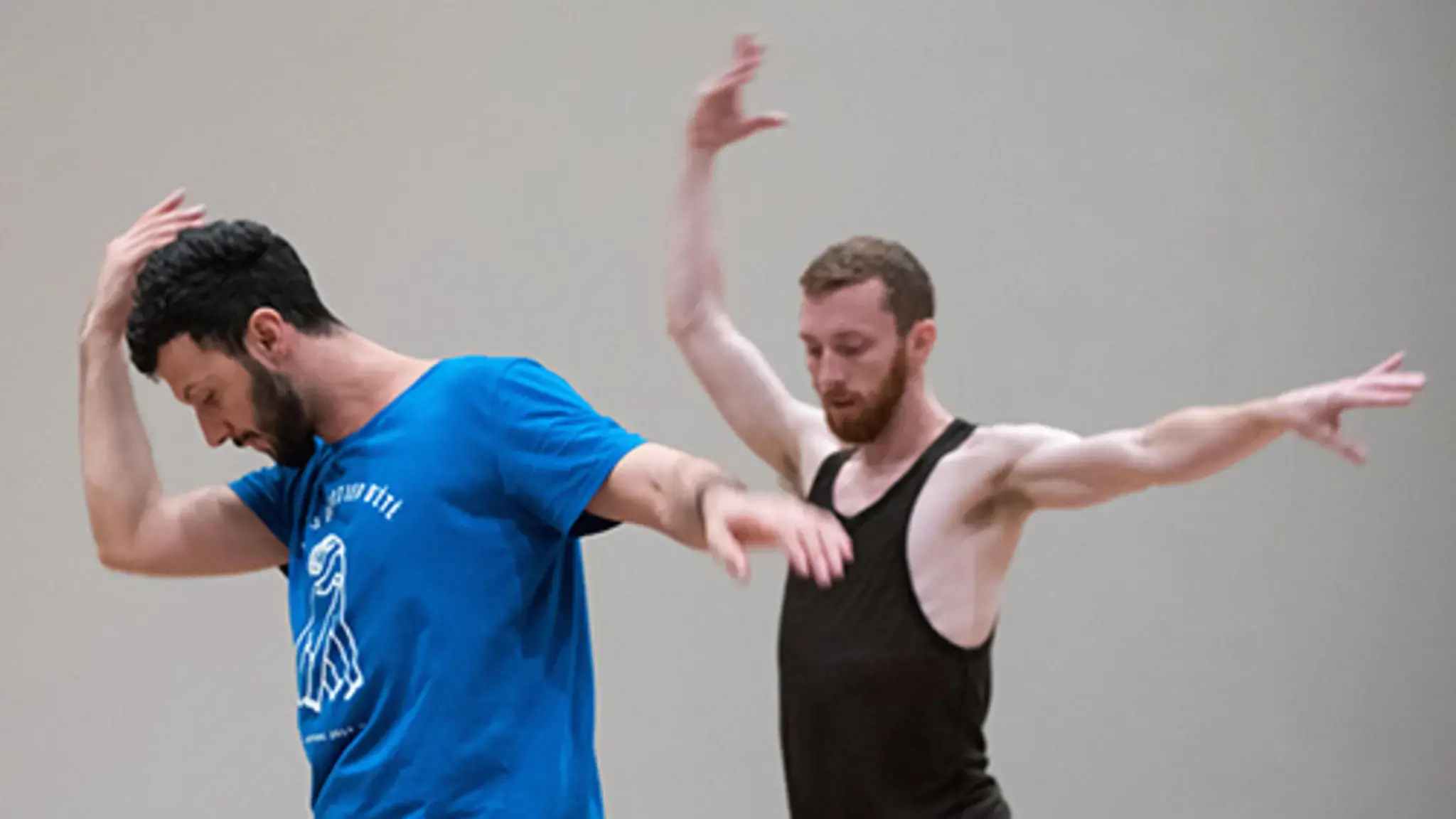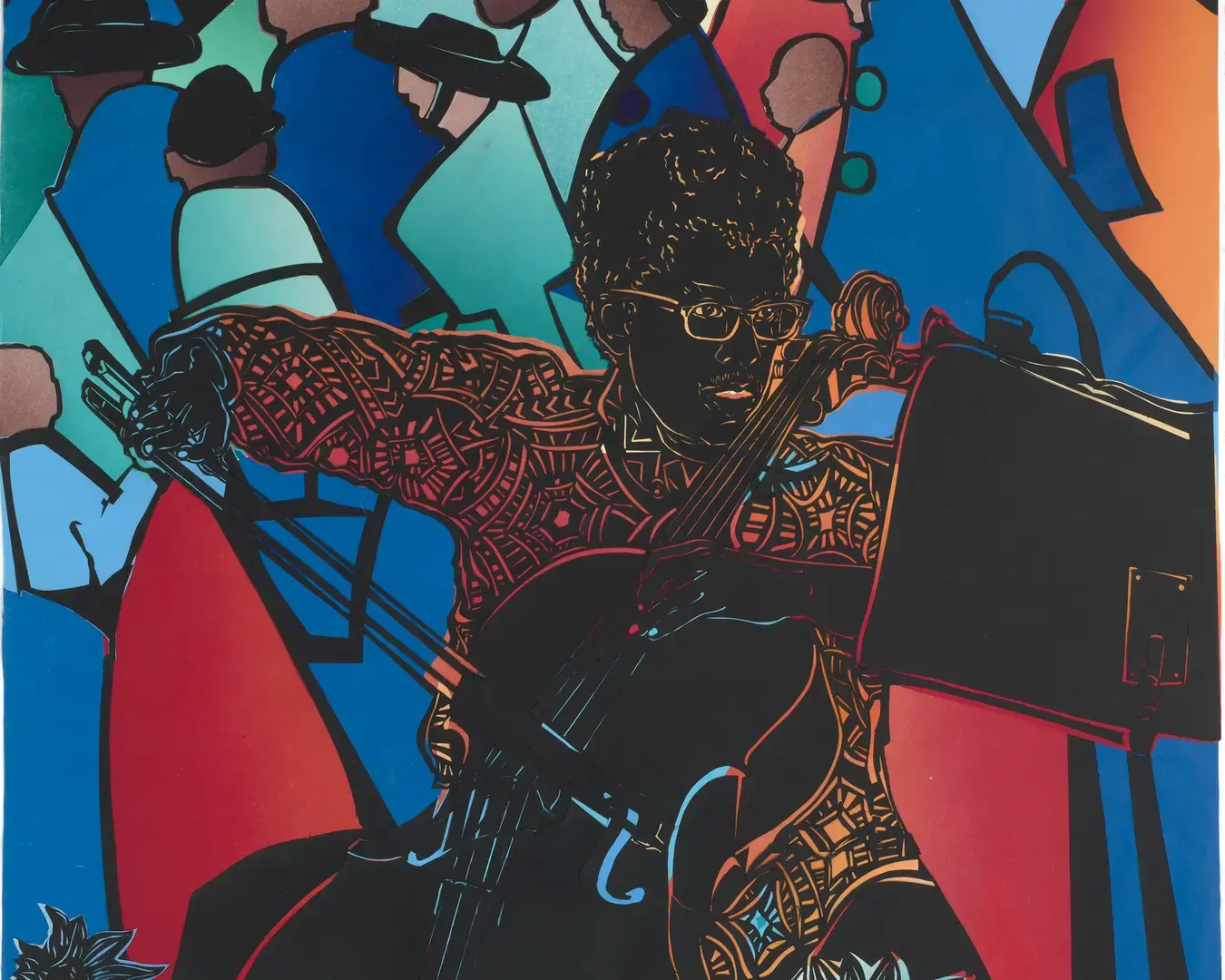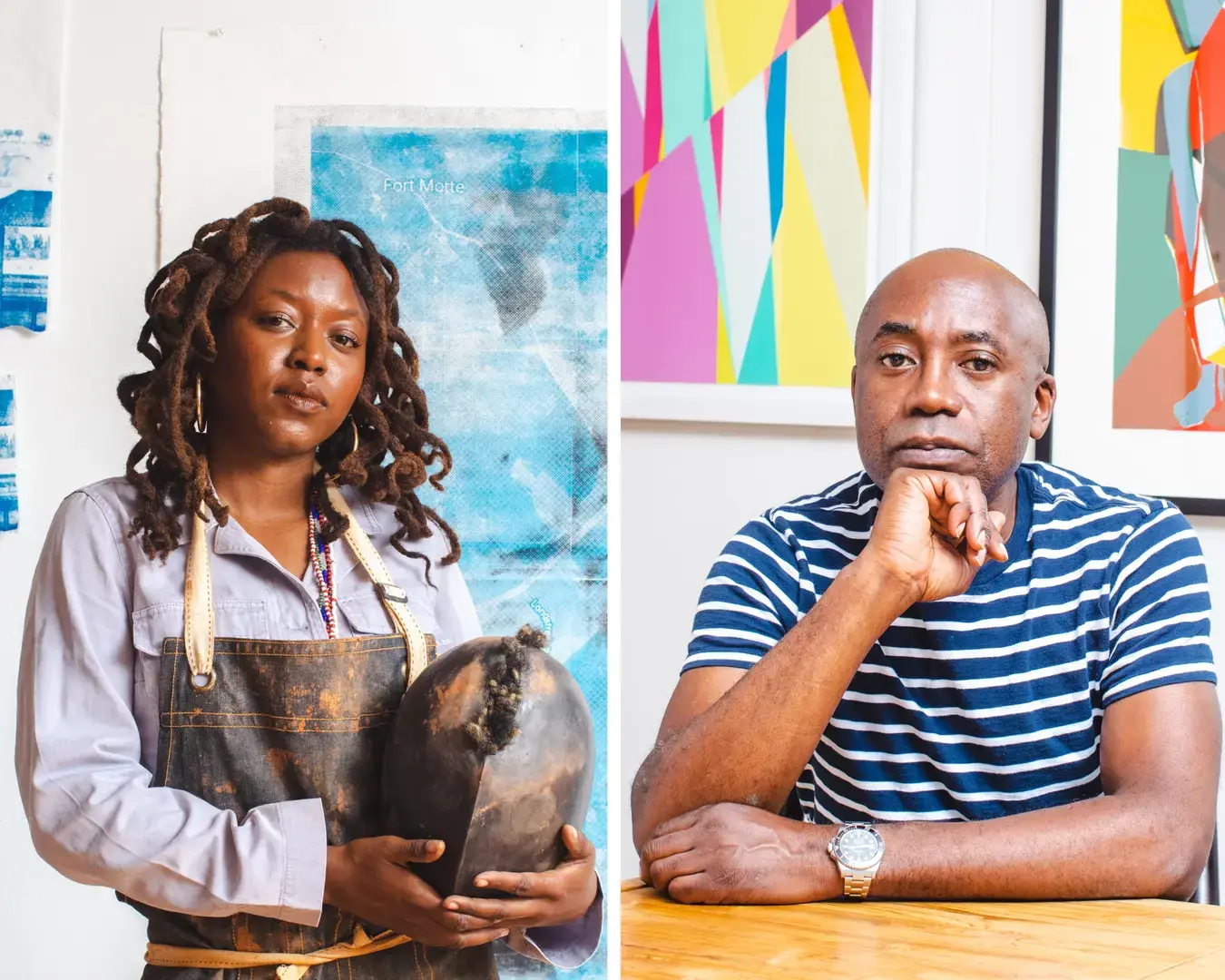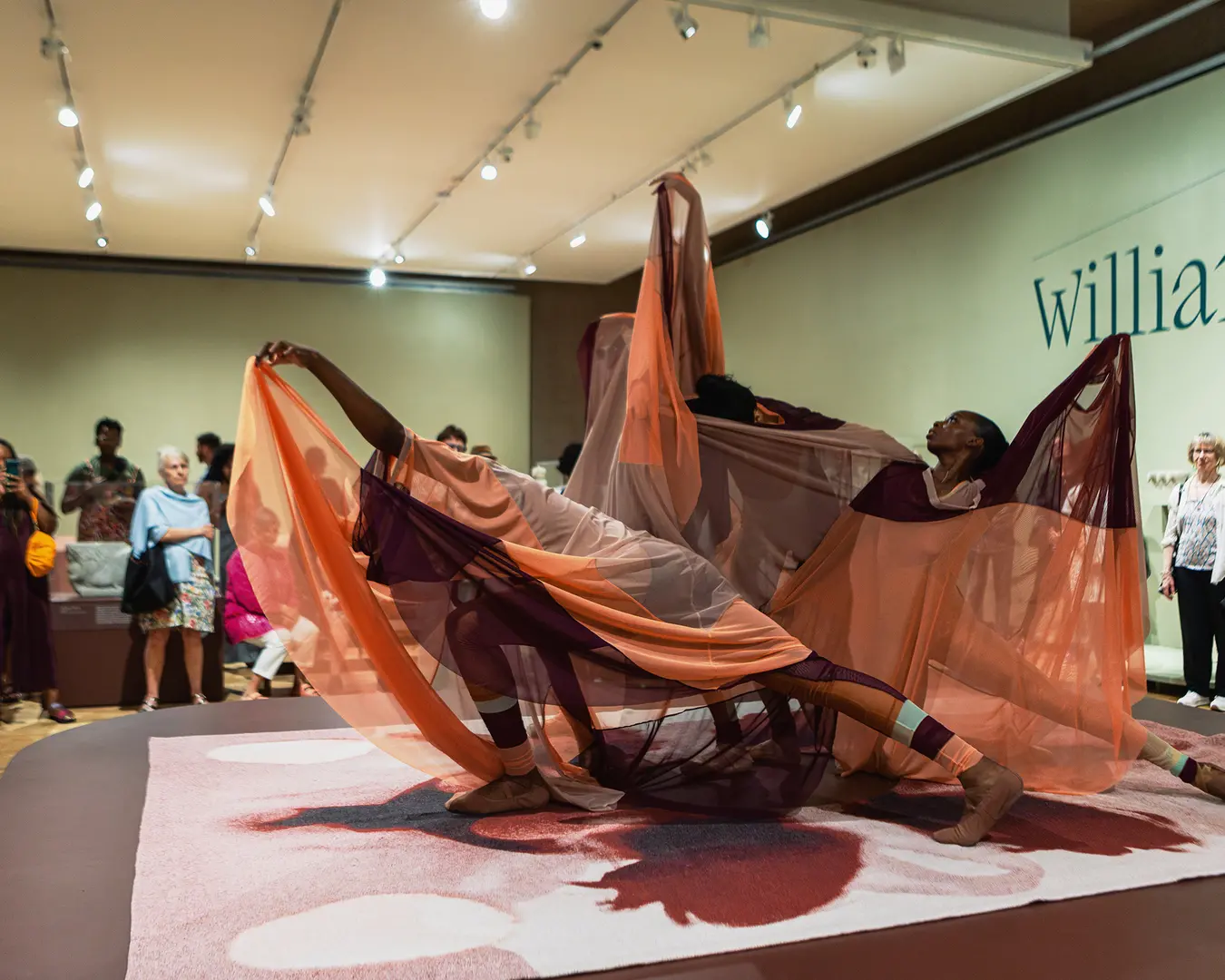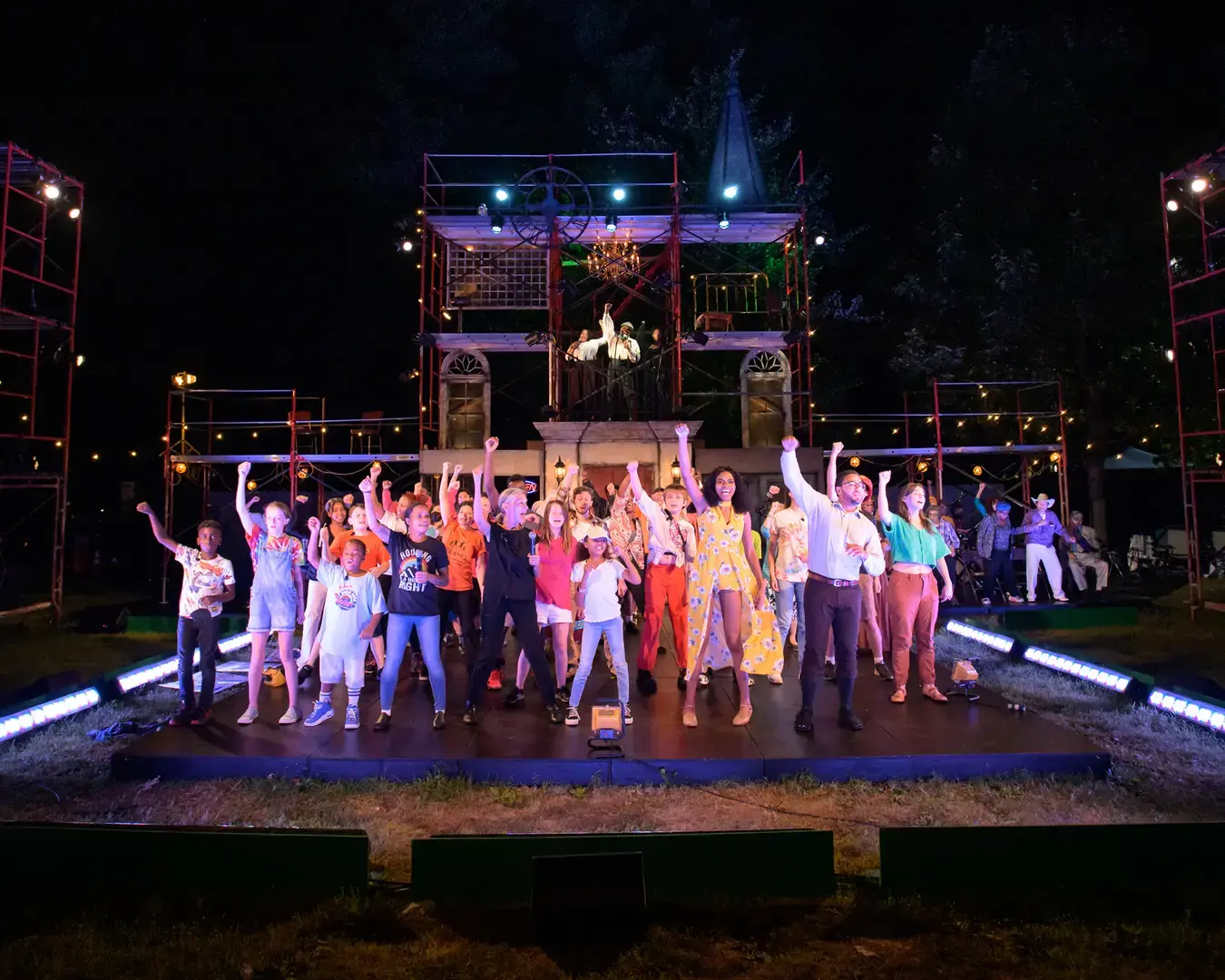What if an art collection were treated like a musical or choreographic score—existing both as a historical document and as the material for an interpretive performance that could be played at any moment? This was the guiding question behind the Philadelphia Museum of Art’s eighth annual Anne d’Harnoncourt Symposium, “Museum as Score” (2016). The two-day symposium was described by the Museum as a “thought experiment” investigating how the “perception of the museum as a static archive is upended in today’s cultural context in which durational, event-based, and experimental artworks, exhibitions, and projects are on the rise.”
As an introduction to the symposium theme, co-organizer and the Museum’s Keith L. and Katherine Sachs Senior Curator of Contemporary Art Carlos Basualdo’s keynote manuscript contemplates both the historic and contemporary roles of a museum, and the possibilities of considering a collection as a score. The Museum commissioned a second essay from philosopher and symposium collaborator Marie Bardet, in which she reflects on the presumed “paradoxical” idea of dancing in a museum.
Scroll down for links to Basualdo’s and Bardet’s essays.
Contemplating the Museum as Score
By Carlos Basualdo
“As a proposal, let’s imagine that caring for the collection does not strictly imply preserving it for posterity, that the divine might not reside solely in the promised eternity of the objects, but that it is instead diffused, a lighter touch, existing in the very moment in which the public encounters in the works a touchstone for their feelings and their thoughts, the form of a beginning.
The Paradox of Dancing in a Museum
By Marie Bardet
“Dance seemingly opposes the stability and permanence of museum works, with its inherent mobile and ephemeral characteristics. However, what if we were to conceive temporality not as a simple line and a neutral coordinate? What if we were to consider time as a dynamic, deep, and multi-linear dimension…?”
